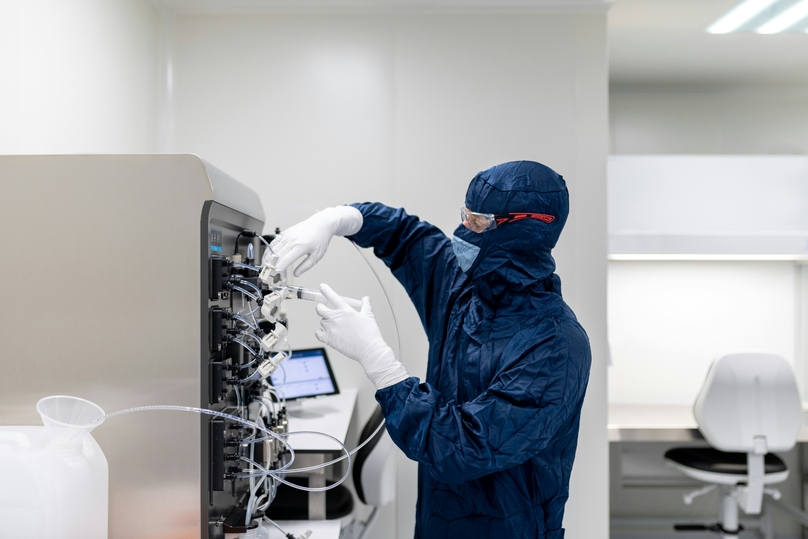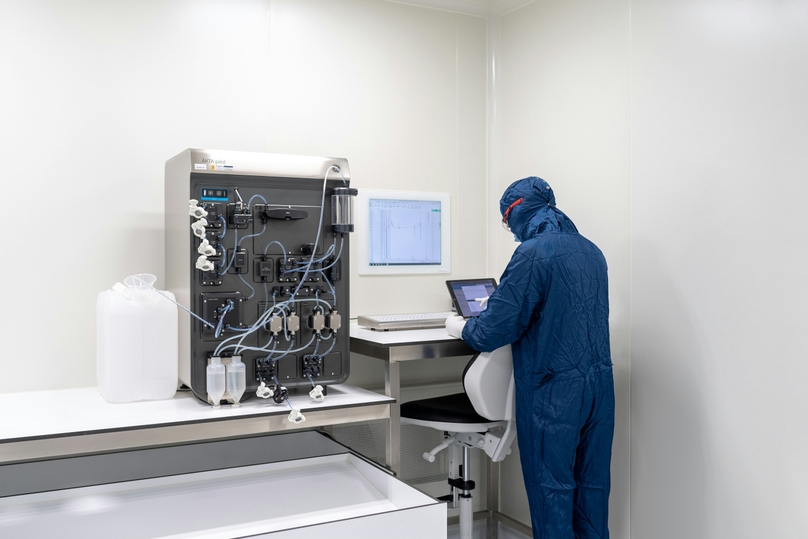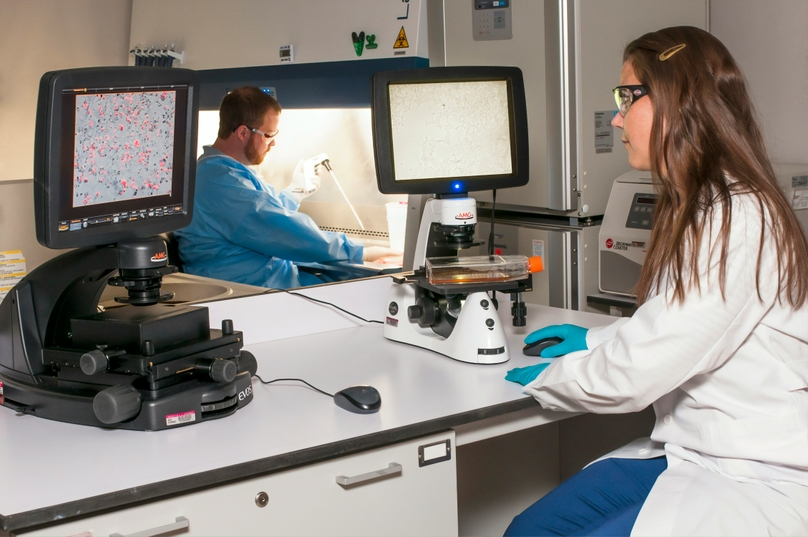What Is Laboratory Quality Control?
Laboratory practice quality control and quality assurance implement a combination of factors aimed at minimizing the risk of non-compliant outcomes. To be effective, quality management in a clinical chemistry laboratory must include reliable systems that can protect the outcomes of laboratory testing from irreversible error.
Lab quality control must also enable the early detection of problems so they can be fixed before they go too far down the road. Quality control protocols should be performed on a regular basis in order to prevent issues such as:
- Wasted time due to repeated tests
- Budget over-expenditure due to replacement of reagents
- Unnecessary replacement of reagents
- Reduction of funding options
- Safety issues due to non-compliance
- Delayed or erroneous patient diagnostics
In this article, we will discuss the quality control limits and process and explain why it is vital for optimizing lab procedures.
Quality Control Procedures During the Analytical Process
The purpose of analytical quality control (AQC) is to ensure calibration between instruments, devices, and data systems. It also helps to maintain accuracy and precision through all stages of the analytical process, from sampling to reporting.
The whole process can be time-consuming and costly. Typically, quality control will begin with the analytical process, which examines many aspects of clinical laboratory management, including:
- Identifying all lines of calibration and communication
- Describing and documenting all processes and procedures
- Making analytical checks to locate and rectify systematic errors and random errors
- Ensuring laboratory standards are up to par
- Performing variability and proficiency testing
- Process control of samples and assays
- Making corrective action when necessary
- Validation of laboratory processes
What Can You Do to Improve Your Quality Control?
There are several actions you can take to improve quality management in your clinical laboratory. These include:
- Adequate staff training: Each member of the medical laboratory team must have sufficient training to carry out standard or specialized procedures effectively and safely. They must be able to carry out practices that help the lab work within its budget and maintain precision.
- Implementing SOPS: SOPS are detailed step-by-step instructions that layout each stage of an experimental procedure. To be most effective, laboratory personnel with the most knowledge and experience with the given procedure should be the ones to create SOPS.
- Maintaining equipment: Performing regular maintenance checks on equipment is key to quality control. Not only will this help the lab minimize system errors, but it will also help you avoid costly downtime.
- Quality Management System: A Quality Management System (QMS) is used to record all lab processes and procedures implemented to help the team attain the lab’s compliance requirements. With a solid QMS in place, you will always be able to meet the demands of clients and regulatory boards.
Other protocols that can help you ensure optimum quality control in your lab include:
Keep records of your regents
Maintaining an accurate inventory and tracking system of your reagents will not only stop you from spending over your budget, but it will also help your lab team save time. When clinicians can locate the samples they need quickly and efficiently, they have more time to focus on their experiments.
This is where an inventory management software solution is invaluable. Not only will it enable you to maintain and access a satisfactory inventory for performing a wide range of tests and experiments, but it will also help you record, archive, and control data relevant to samples such as:
- Microbiology samples
- Assays
- Reagent lots
Perform regular quality assessments
Regular quality assessments allow you to evaluate your laboratory’s performance and precision. They generally take place at the beginning of a routine lab shift, when reagent lots are changed, and when a device has been serviced or calibrated. At these times, quality control samples are run through the testing process as though they were actual samples.
Proficiency testing will assess the reliability of each step of the lab’s protocols and test methods and results. Standard operating procedures for quality assessment also highlight any issues with quality management and retesting procedures. Furthermore, implementing quality control protocols such as the Westgard Rules will indicate whether or not your analytical run is meeting the control requirements.
Track your control data
A decline in the quality of your lab data can quickly lead to significant safety issues, such as a patient receiving the wrong test result and subsequent diagnosis or skewed results of an experiment. Recording data manually is not only labor-intensive but also opens the door to human error. Using a data management system, such as a LIMS that you can count on, practically eliminates these risks.
The benefits of a data management system are numerous. They include:
- Track samples efficiently and allocate and find storage locations
- Automate workflow to reduce human error
- Allow access to data from a single dashboard while securing restricted data
- Keep track of standard deviation data (such as the Levey-Jennings chart)
- Ensure control charts and control results are not lost
- Maintain records of all quality control and assessment procedures
- Facilitate data backup and archival
- Generate reports quickly and accurately
Retest Patient Samples
When your quality control system is working effectively, your team members will be able to find and correct flaws as soon as they arise, preventing incorrect patient results from being released.
Frequent checks of laboratory sample testing procedures are essential to account for and prevent random errors and systematic errors. They also enable members of your team to stay abreast of standard deviations.
Use Laboratory Management Automation for Your Quality Assurance
We have already looked at some of the general advantages of using a LIMS to automate and improve lab procedures. Now let’s take a look at how laboratory management automation can specifically benefit your quality assurance. Using a LIMS for QA can help by:
- Improving the laboratory standards
- Calculating the benefits and safety of laboratory testing
- Highlighting ways to develop and implement corrective actions
- Easily standardize protocols and decision making within and across organizations
- Boost employee efficiency and productivity
- Keep abreast of data flow performance metrics
- Barcode and track samples and issue billing data
Get Top-end Quality Control with Lab Management from Genemod
Quality control in the clinical lab cannot be avoided, but it can be time-consuming and costly. It is to your advantage to streamline the process as much as possible without compromising lab accuracy and safety.Implementing a lab management system is one of the best ways to do this.
Genemod offers a range of modern lab inventory and project management solutions. Genemod’s lab automation system incorporates the following features:
- Easy configuration and adaptability to suit your lab’s needs
- User-friendly dashboard that allows access wherever your lab members are
- Time-saving data entry auto-population
- Elimination of editing and scrubbing inconsistent data
- Connectivity to data from any outside source
- Ability to streamline your experimental processes
- Intuitive and time-saving interface
- Coordinate with your peers across teams
- Access real-time report updates
Contact Genemod today to find out how to bring your quality control materials and procedures into 2022. We will be happy to discuss your lab automation options.
















